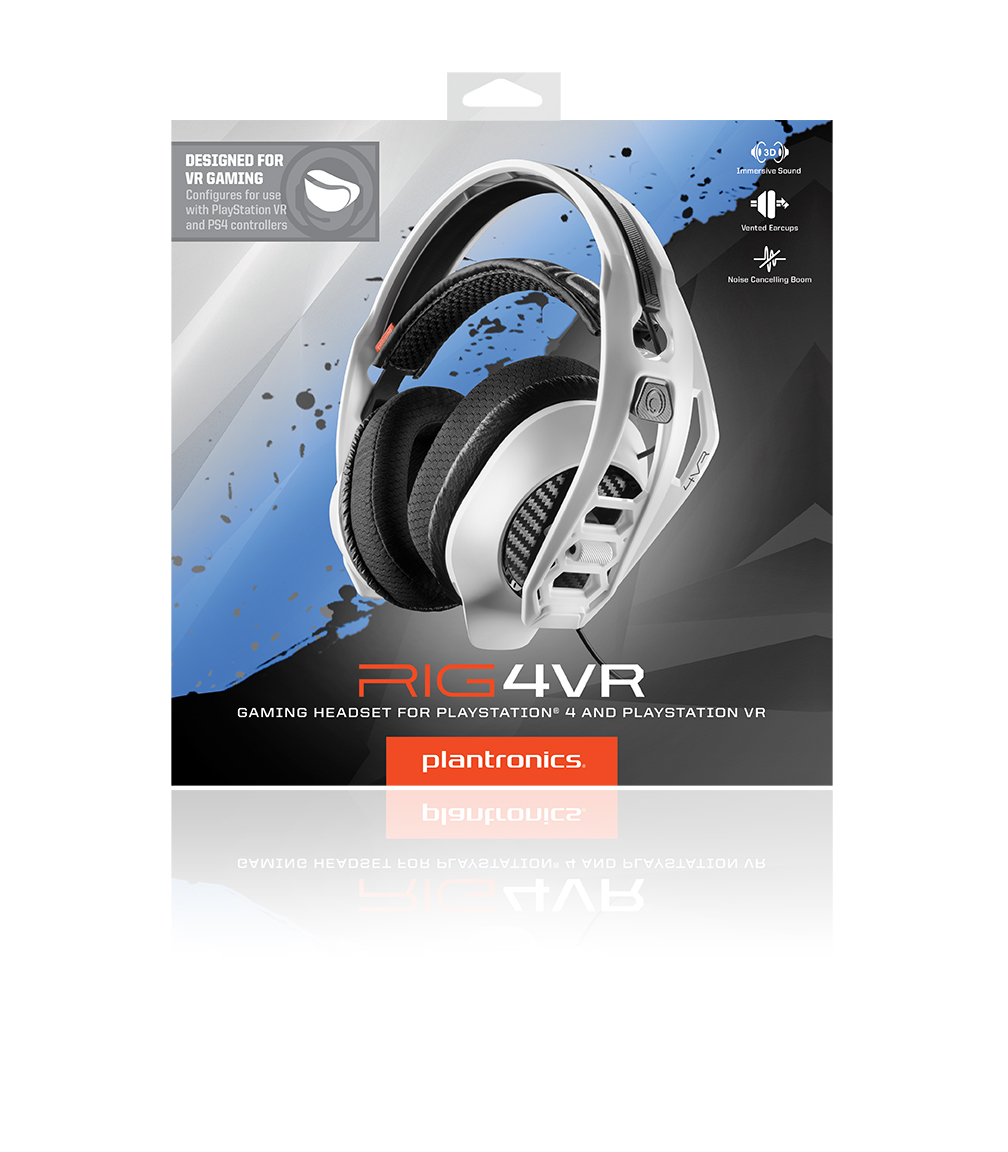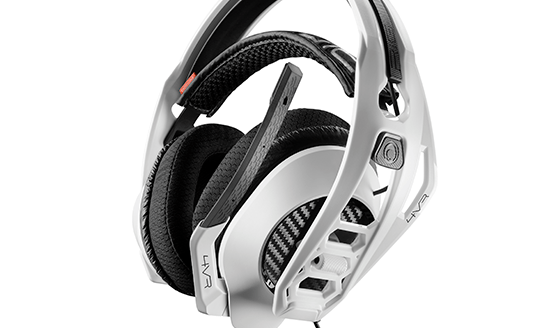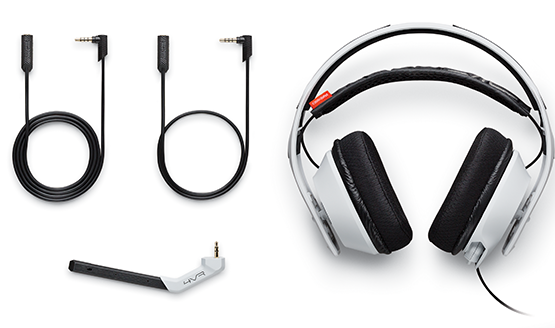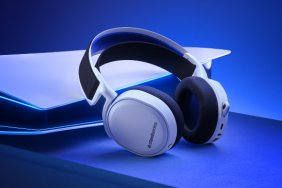Up until a couple weeks ago, I had been using a pair of in-ear headphones with my PlayStation VR headset. They’re on old pair of Skullcandy earbuds that I’ve had for the better part of five years. I do have a PlayStation Gold headset, but it doesn’t fit comfortably with the narrow ear space that PSVR leaves, so it’s either deal with the earbuds or use my surround sound system, which lacks the same immersion using headphones gives. When Plantronics reached out to me to check out the PlayStation licensed RIG 4VR, I jumped at the opportunity to get my hands on and ears under something that would improve my VR experience. Turns out the RIG 4VR isn’t just a one trick pony, and has many applications beyond only being “4VR.”
The most obvious design aspect of the RIG 4VR headset is the narrow oval ear cups that allow it to fit within the space PSVR leaves for your ears. The matte white and black style fits right in with Sony’s own design for the PSVR, which makes sense given this was licensed by Sony, and artful and aesthetically pleasing designs have always been a staple of their products. All said, it looks good and fits great.
The narrow ear cups may present a problem for those with larger ears, but the very soft and comfortable padding should make it easy to fold them within the cup if necessary. I would say my ears are on the average side as far as humanoid auditory receptors go, so I never felt that they uncomfortably pinched or pressed onto my head, even after lengthy gaming sessions. RIG 4VR are also quite lightweight, which goes a long way in not adding more mass to your head while wearing the VR headset. The ear cups can be clipped into three slightly different positions on the outer headband, but most of the adjustability will come from the inner flexible headband to conform the RIG 4VR to your head shape and size.
Audio Performance
Of course a headset’s stylish looks and comfortable fit can only get it so far. At the end of the day, it has to sound good too. The RIG 4VR shines in this category, particularly when you consider the price point. While it may not outperform many of the more expensive headsets on the market, it gives them a run for their money considering most retailers have it available for $69.99. The mids and highs are very clearly defined, and bass is not excessive, but neither did I feel it was severely lacking. Some headsets create too much bass that can almost feel fake, which the RIG 4VR doesn’t do. This quality is great for 3D audio in PlayStation VR, really increasing the sense of presence for games like Resident Evil 7, because the audio sounds real and crisp, which helps with accurate sounding positional soundscapes.
Similarly, the microphone delivers great sounding audio to those on the other end. Voices come through clearly, and the unidirectional boom mic does an excellent job canceling out ambient noise and off-axis sounds. It seems much louder than many other mics, and I had to rebalance my chat/game audio when I was having my wife use the headset to test mic quality. I was unable to effectively test it in large groups with many people talking at the same time, so it’s hard to say where it falls within the spectrum of a variety of other mics in terms of volume. If you use this mic, you should know that you’ll be heard, and you don’t need to speak loudly to get your chat audio to go through. The removable boom mic can also be flipped up to instantly mute, so no fumbling through menus or awkwardly placed buttons if you want to mute your outgoing voice.
Vented ear cups do a few things for the RIG 4VR. The best thing about this is the ability to hear yourself speak without that muffled effect that noise cancelling headsets can cause. They also allow a sense of spatial awareness while immersed in VR, falling squarely between the full immersion of noise cancelling headphones and the awareness of using external speakers, which is great for a house where I’ve got three cats and a wife moving about. They also add to the comfort factor, and my head never got as sweaty using the RIG 4VR as it did when I used the PlayStation Gold headset.
Jack of All Trades
The main cable connecting to the headset comes out of the back left, keeping it uniform with how the PSVR cable sits. RIG 4VR comes packed in with two different length cables, a short one that connects up nicely with the PlayStation VR headset’s headphone input, and a longer one for use with standard headset applications, like plugging in to the DualShock 4, laptops, phones, etc. As I mentioned before, RIG 4VR is not a one trick headset and works admirably with standard gaming, listening to music, and any other application you may want to use headphones for.
The downside to RIG 4VR, specifically in comparison to the PlayStation Gold headset, is that there are no controls on the headset itself, so you have to rely on digital menus to adjust headset volume and chat/game audio balance. Notably the PlayStation Gold’s controls only work when the headset is powered on and using its wireless USB function though, and without any complex internal electronics or wireless functions, the RIG 4VR doesn’t have to be charged to use to its fullest.
The RIG 4VR is a great option for anyone looking for a quality headset at a sub-$100 price. It’s got crisp audio and a quality mic, as well as a quality design with very few moving parts that might break, so I expect it to last a long time. The fact that it fills a niche as one of the few headsets that will fit perfectly with PlayStation VR is just another feather in its well-adorned cap, but it should be seriously considered even if you don’t have Sony’s virtual reality hardware.
RIG 4VR review unit provided by Plantronics for the purpose of this review. You can read detailed specs about the headset on Plantronics’ site. For more information, please read our Review Policy.
RIG 4VR review Gallery
-
RIG Surround Package
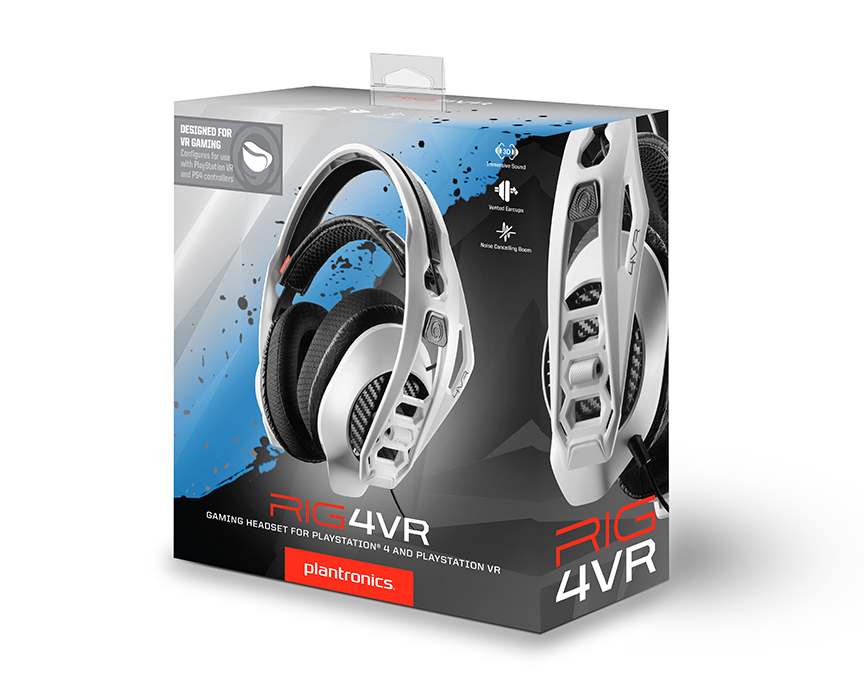
RIG Surround Package
-
RIG 4VR Boom and Cords

RIG 4VR Boom and Cords
-
RIG 4VR Boom Down
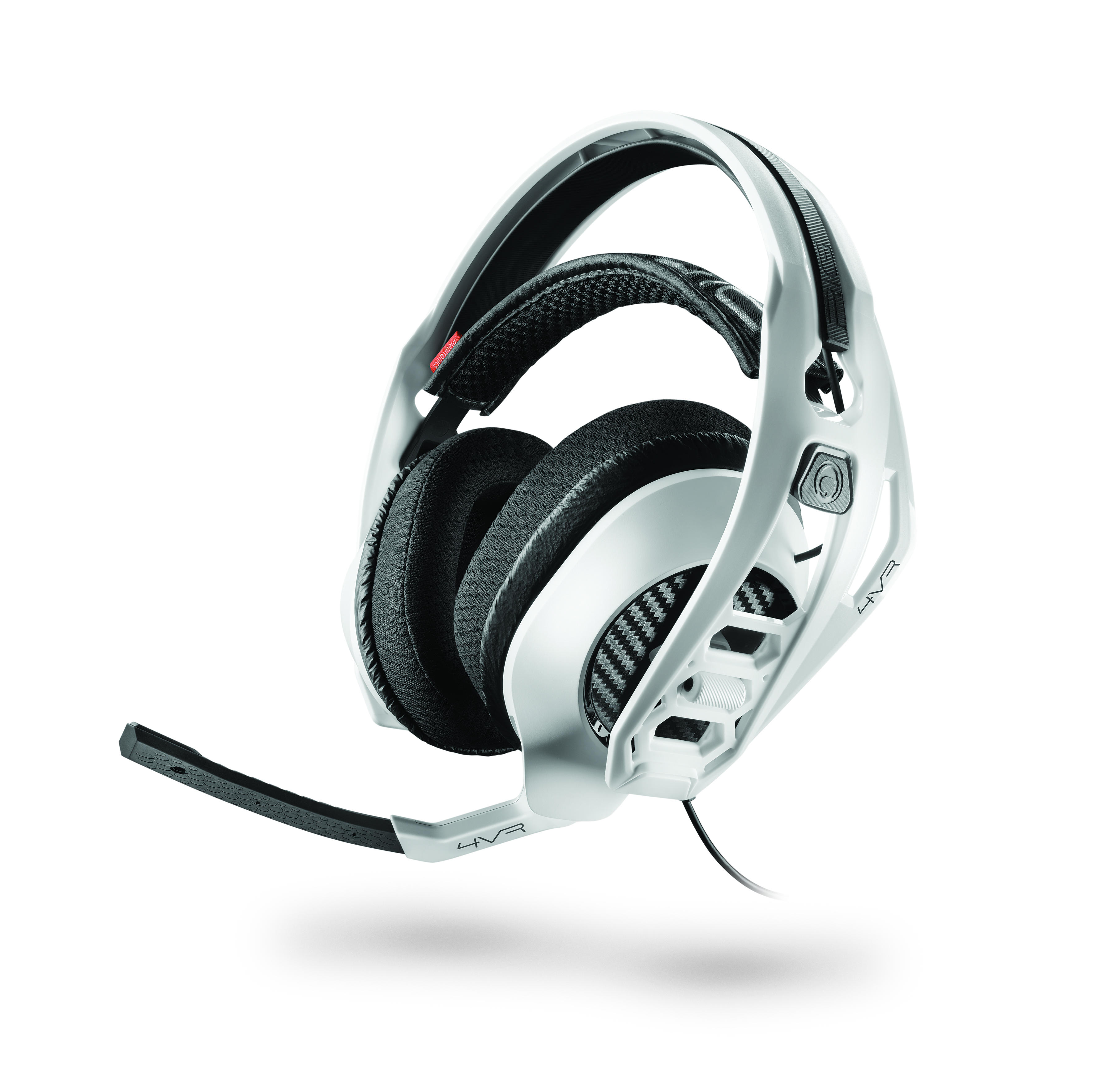
RIG 4VR Boom Down
-
RIG 4VR - What's in the Package
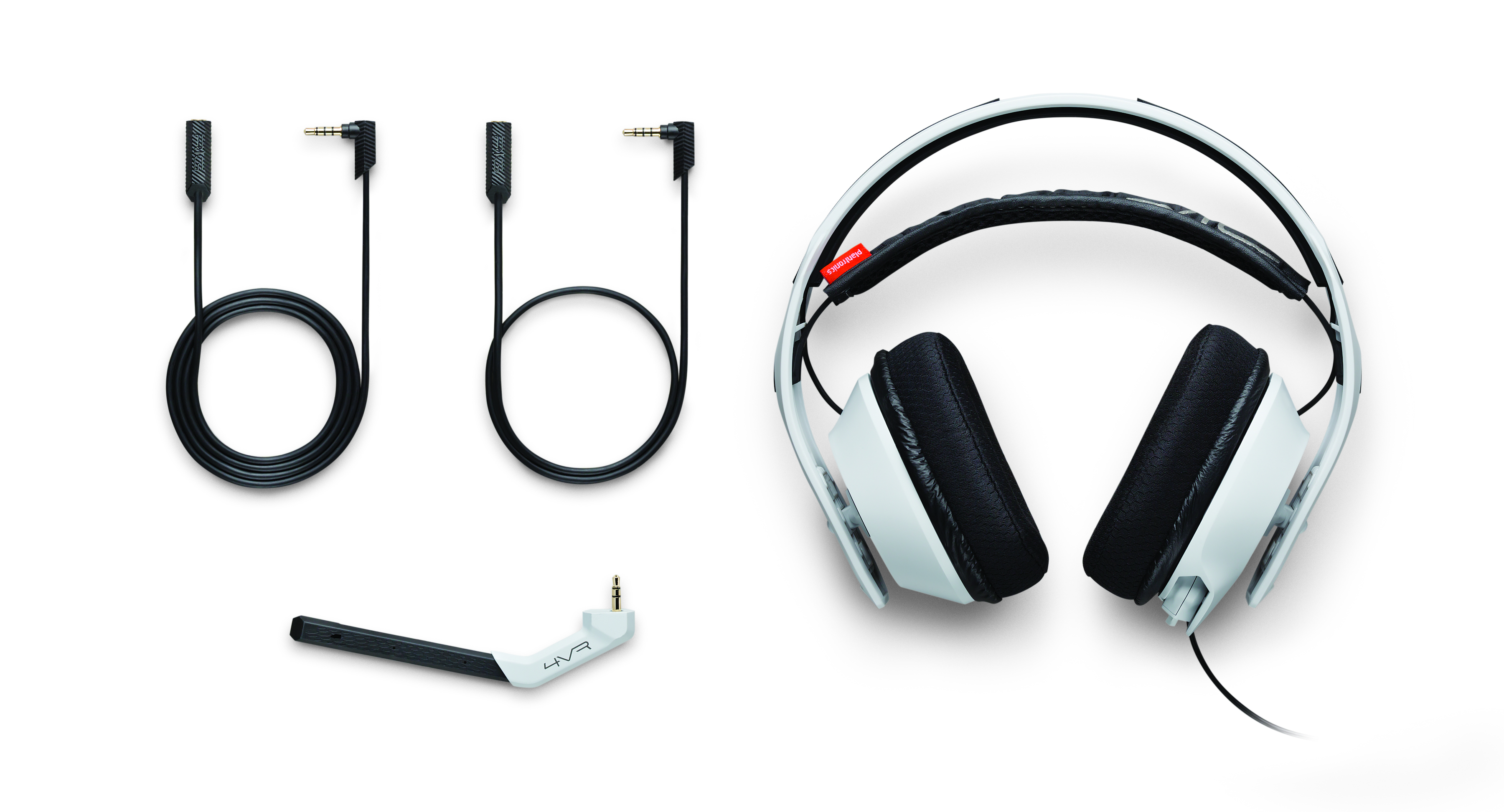
RIG 4VR Spill View
-
RIG 4VR Boom Up

RIG 4VR Boom Up
-
RIG 4VR Package Front
